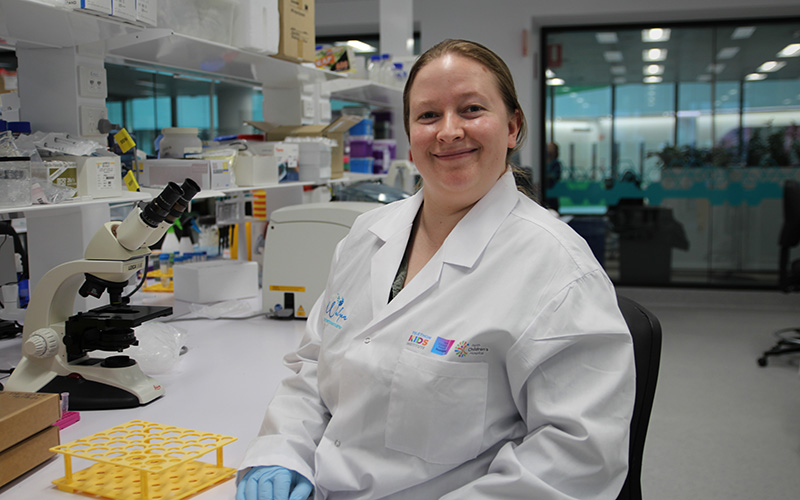Search

Aspergillus Infections and Progression of Structural Lung Disease in Children with Cystic Fibrosis Rationale: Recent data show that Aspergillus

The role of geographical location and climate on recurrent Pseudomonas infection in young children with Cystic Fibrosis Abstract Objectives: To

Identifying pediatric lung disease: A comparison of forced oscillation technique outcomes Abstract Rationale Increasing evidence suggests the forced

Changing Prevalence of Lower Airway Infections in Young Children with Cystic Fibrosis Aspergillus is a type of fungus that is found everywhere in

An adapted novel flow cytometry methodology to delineate types of cell death in airway epithelial cells Cystic fibrosis (CF) lung disease is

Overcoming Challenges to Make Bacteriophage Therapy Standard Clinical Treatment Practice for Cystic Fibrosis Individuals with cystic fibrosis (CF)

Reply to Turnbull et al. and Hulme et al. Reply to Turnbull et al. and Hulme et al. Authors: Oded Breuer, Andre Schultz, Lidija Turkovic, Nicholas de

Of Pigs, Mice, and Men: Understanding Early Triggers of Cystic Fibrosis Lung Disease Of Pigs, Mice, and Men: Understanding Early Triggers of Cystic

News & Events
Some heroes wear capes. Some heroes wear lab coats. And some heroes wear school uniforms, just like you!Ten-year-old Isabelle decided to make and sell loom band bracelets to raise money for The Kids Research Institute Australia.

News & Events
World-first study finds some biodiesel exhausts harmful to childrenWal-yan Respiratory Research Centre PhD candidate Katherine Landwehr is researching the impact of breathing in biodiesel exhaust fumes on the lungs.
